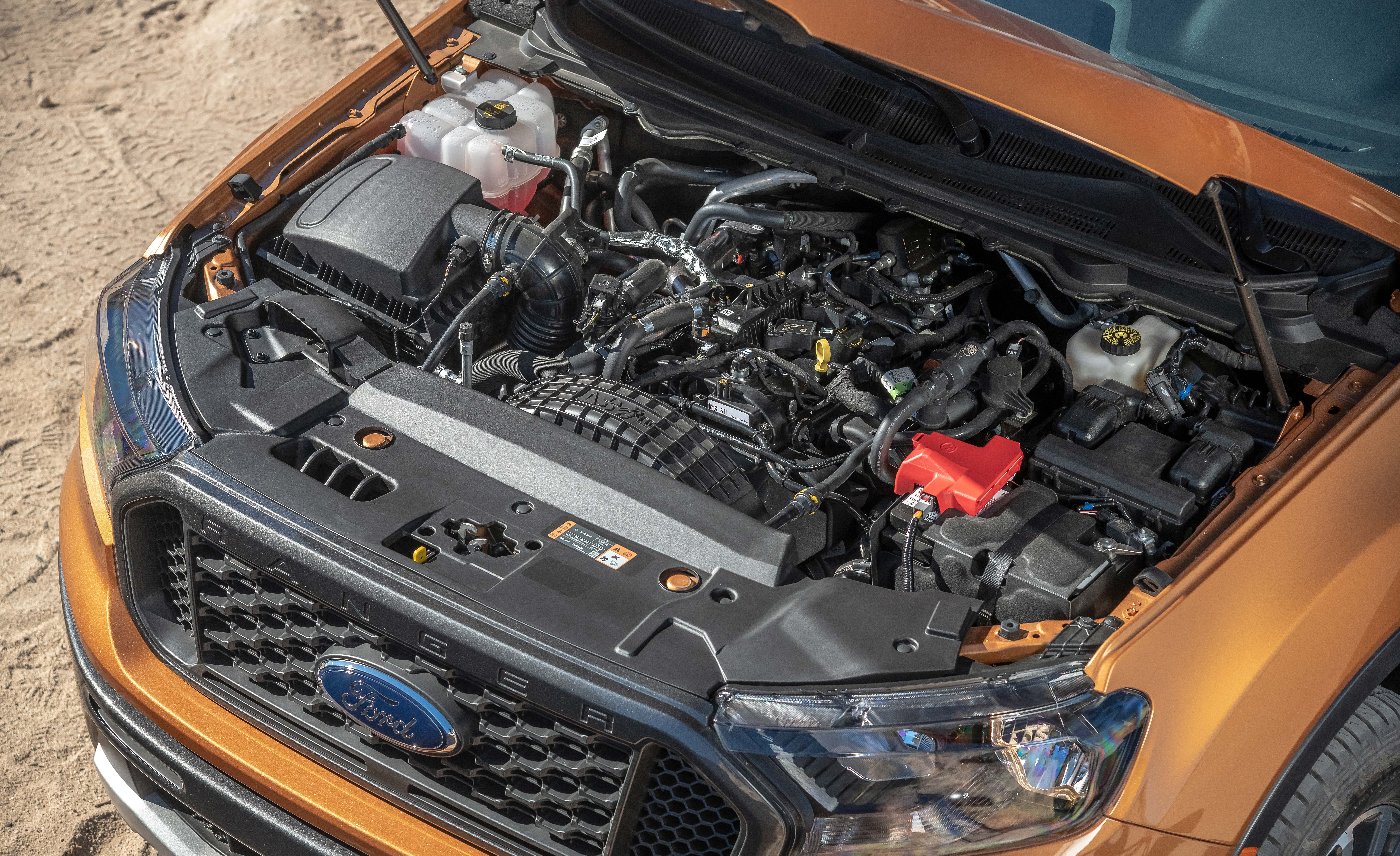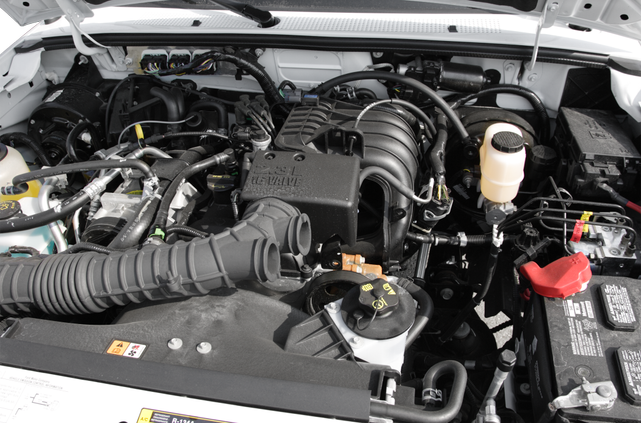Comprehending the Fundamentals of Car Engines: Kinds, features, and functions

Introduction of Vehicle Engines
A vehicle engine works as the heart of a lorry, converting gas into power to propel it forward. This complex system makes up various elements that work in unison to make sure optimum efficiency and performance. The essential operation of an automobile engine involves the interior burning procedure, in which gas and air are mixed, ignited, and expelled to develop power.
The engine's layout can considerably influence its efficiency, fuel efficiency, and discharges. Key parts consist of the cyndrical tube block, pistons, crankshaft, and camshaft, each playing a critical duty in the engine's total function.
Along with these elements, engines frequently utilize various systems such as fuel injection, ignition, and cooling systems to improve efficiency and longevity. Recognizing the standard technicians of auto engines is vital for detecting issues and performing upkeep, ultimately adding to the vehicle's dependability and efficiency in time.

Sorts Of Car Engines
Cars and truck engines can be categorized right into numerous kinds based upon their layout, fuel kind, and operational concepts. 2.2 ford ranger engine. One of the most typical categories consist of internal burning engines (ICE), electric engines, and hybrid engines
Inner burning engines, which can be more divided right into gas and diesel engines, operate by sparking a fuel-air blend to generate power. Gas engines are generally lighter and smoother, while diesel engines are more fuel-efficient and deal greater torque.
Electric engines make use of electrical power stored in batteries to power an electric motor, providing instantaneous torque and no exhausts throughout procedure. As technology breakthroughs, electrical cars (EVs) are significantly becoming prominent for their environmental benefits and reduced running costs.
Hybrid engines integrate elements of both inner combustion and electrical engines, permitting versatile power sources and improved fuel performance. They can operate in numerous settings, using either the gasoline engine, the electrical motor, or both at the same time.
Each kind of engine has unique advantages and disadvantages, affecting their application in different vehicle kinds and market segments, from small cars to durable trucks. Understanding these kinds is important for making informed choices regarding lorry selection and efficiency assumptions.
Engine Functions Discussed
Recognizing engine features is important for grasping how vehicles operate successfully. At the core of any type of interior combustion engine exists the basic procedure of transforming gas right into mechanical power. This procedure begins with the consumption stroke, where air and gas are attracted into the combustion chamber. Following this, the compression stroke presses the air-fuel mix, enhancing its temperature level and pressure.
The ignition happens next, firing up the mix and producing a rapid growth of gases. This pressure drives the piston down during the power stroke, which inevitably converts into the rotational activity of the crankshaft. The exhaust stroke then expels the invested gases from the chamber, making method for a brand-new cycle to start.
Along with these key functions, engines likewise integrate systems that manage cooling and lubrication, ensuring optimum functional temperatures and minimizing friction in between relocating components. This detailed interaction of features enables the engine to produce the power required for automobile propulsion while keeping efficiency and visit reliability. Understanding these features provides valuable understanding right into the complexities of vehicle engineering and enhances the capacity to identify and attend to engine-related issues properly.
Secret Engine Features
Engine style incorporates a number of vital functions that substantially affect performance, efficiency, and durability. One of the most important aspects is the engine setup, that includes inline, V-type, and level layouts. Each setup impacts the engine's size, equilibrium, and power outcome, consequently impacting total automobile characteristics.
Another crucial feature is the engine displacement, describing the overall quantity of all cylinders. Larger variations usually generate even more power but may jeopardize fuel efficiency. Engine materials also play a pivotal function; lightweight and high-strength materials, such as aluminum and magnesium alloys, enhance efficiency without adding excessive weight.
The kind of gas shot system used-- such as direct or multi-port injection-- impacts combustion efficiency and exhausts. Supercharging and turbocharging are functions that increase engine efficiency forcibly additional air right into the burning chamber, raising power result without significantly increasing engine size.
Last but not least, the visibility of sophisticated engine management systems enhances fuel-air combination and ignition timing, adding to smoother operation and much better gas economy. Collectively, these attributes specify an engine's abilities, setting the foundation for its efficiency and durability in a competitive automotive landscape.
Maintenance Tips for Engines
Correct engine maintenance is vital for ensuring ideal performance and durability, as ignoring routine care can result in substantial concerns down the line. To maintain your engine properly, begin with normal oil modifications, commonly every 3,000 to 7,500 miles, depending upon the type of oil utilized. Fresh oil lubricates engine parts, minimizing friction and wear.
Additionally, monitoring coolant degrees is vital to protect against getting too hot. Ensure that the coolant is topped up and remains in excellent problem to keep reliable temperature level regulation. Regularly inspect and change air go and fuel filters, as clogged up filters can prevent air flow and gas delivery, compromising engine performance.
Moreover, take note of ignition system and ignition systems. Used or defective ignition system can lead to misfiring and decreased efficiency. Examining the battery terminals and links for corrosion is additionally important, as a weak battery can affect engine beginning.

Conclusion
In recap, a thorough understanding of cars and truck engines includes various types, features, and crucial features that significantly affect automobile performance. Interior combustion engines, in addition to hybrid and electrical options, show varied mechanisms for power conversion. 2.2 ford internet ranger engine. Acknowledging the important features, such as intake and exhaust cycles, along with vital engine functions like configuration and fuel shot systems, equips auto owners with the expertise essential for efficient maintenance and procedure, inevitably enhancing vehicle durability and efficiency
An automobile engine offers as the heart of an automobile, transforming fuel into mechanical energy to propel it ahead. The essential procedure of an automobile engine involves the inner combustion process, wherein fuel and air are mixed, sparked, and expelled to create power.
Consistently inspect and change air and gas filters, as clogged up filters can hinder air flow and fuel shipment, endangering engine efficiency. - 2.2 ford ranger engine
In recap, a thorough understanding of automobile engines encompasses various kinds, functions, and crucial attributes that dramatically influence vehicle efficiency. Identifying the essential functions, such as intake and exhaust cycles, alongside important engine attributes like setup and gas injection systems, furnishes auto proprietors with the expertise essential for effective upkeep and operation, ultimately boosting vehicle long life and effectiveness.